SupremePunk #109
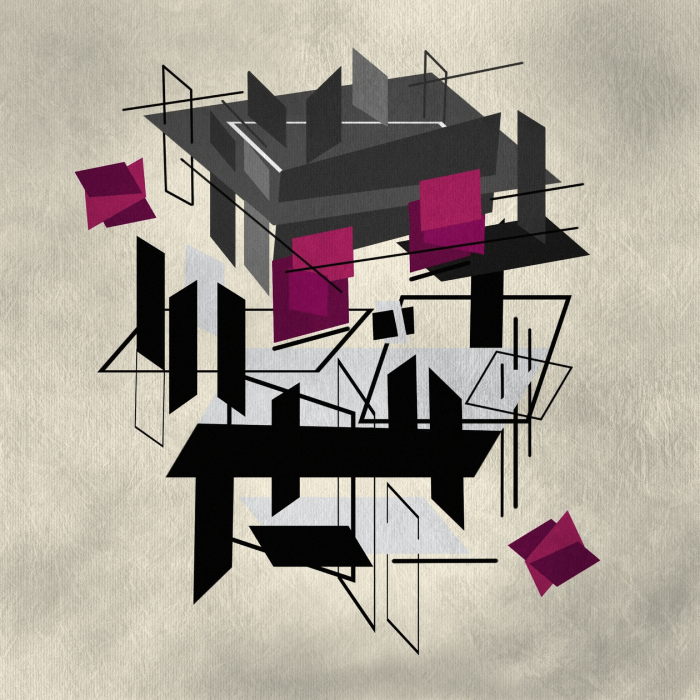
Unique Creature
This Punk is inspired by CryptoPunk #7468 and the work of Louise Bourgeois. Bourgeois is a French sculptor, painter and graphic artist who worked in the USA. Recognized as one of the great sculptors of the 20th century, Louise lived an incredibly long creative life. Her career spans almost a century, and her works reflect almost all major art trends of this period: Cubism, Futurism, surrealism, constructivism and abstract art.
Despite the influence of various artistic trends and styles, the works of Bourgeois have always remained unique creations of modern sculpture. Louise was one of the first to use in her art the technique of Environmental art, which assumes the presence of sculptural compositions in the everyday environment of a person.
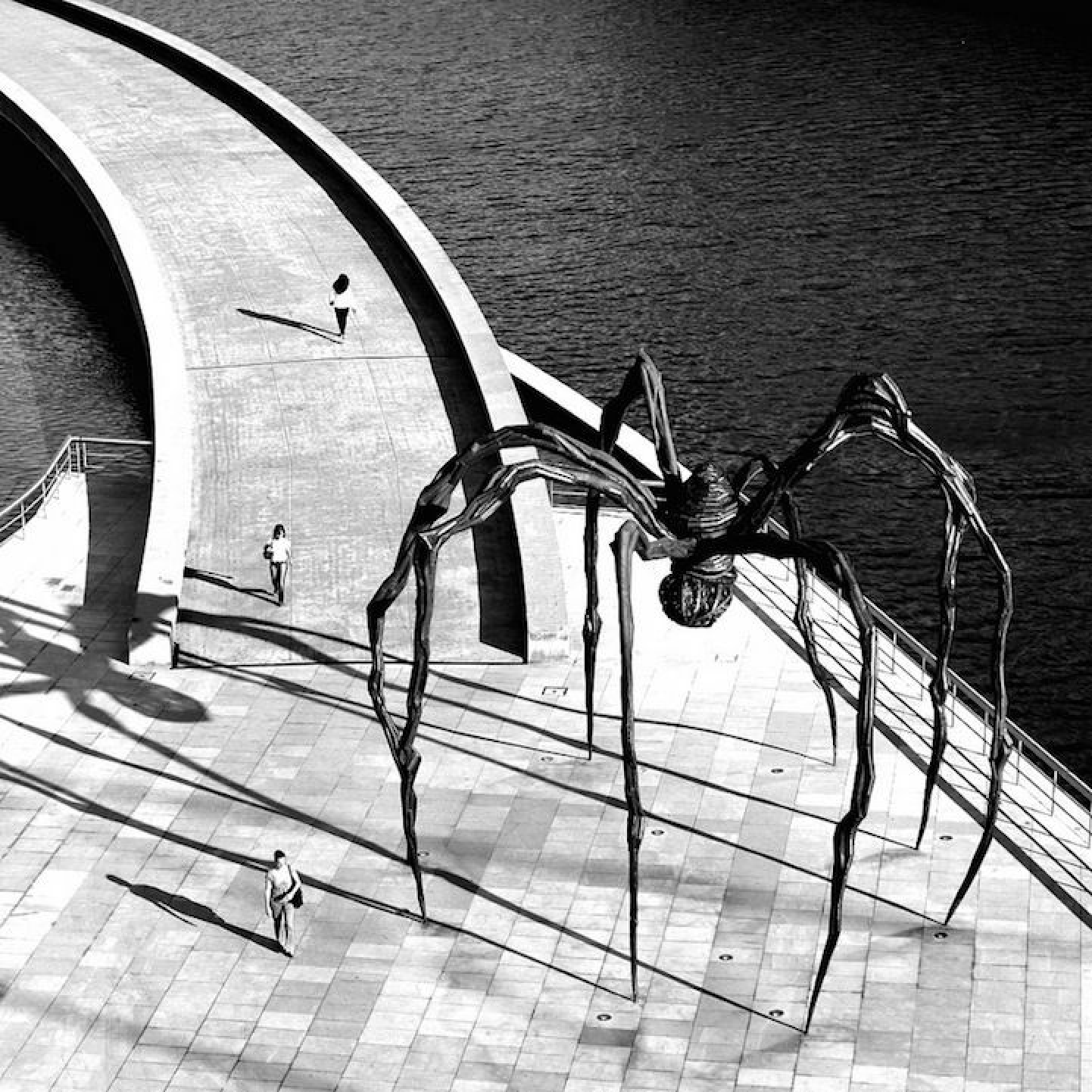
Louise Bourgeois — Maman, 1999
The main reference to Punk was her most famous and frightening installation "Maman". Bourgeois has created a huge number of such sculptures, they have been installed in many countries of the world. The size of the sculpture is 9 meters high and 10 meters wide. If you look at the installation from a human height, it looks very frightening, as if an alien object has descended to earth. However, for Louise herself, the meaning of the sculpture is quite sacred and tender. This sculpture is an image of her mother, who worked as a weaver. In general, the spider looks elegant (despite the size) and formidable - perhaps this is a very strong female image. At the same time, she is both a defender (for her children) and a threat (for men).
The picture as a whole is quite monumental, it can be compared with the construction of the building, you can identify the obvious silhouette of the roof and walls of the building. This structure can be compared to the Mark Rothko Chapel building in Houston.
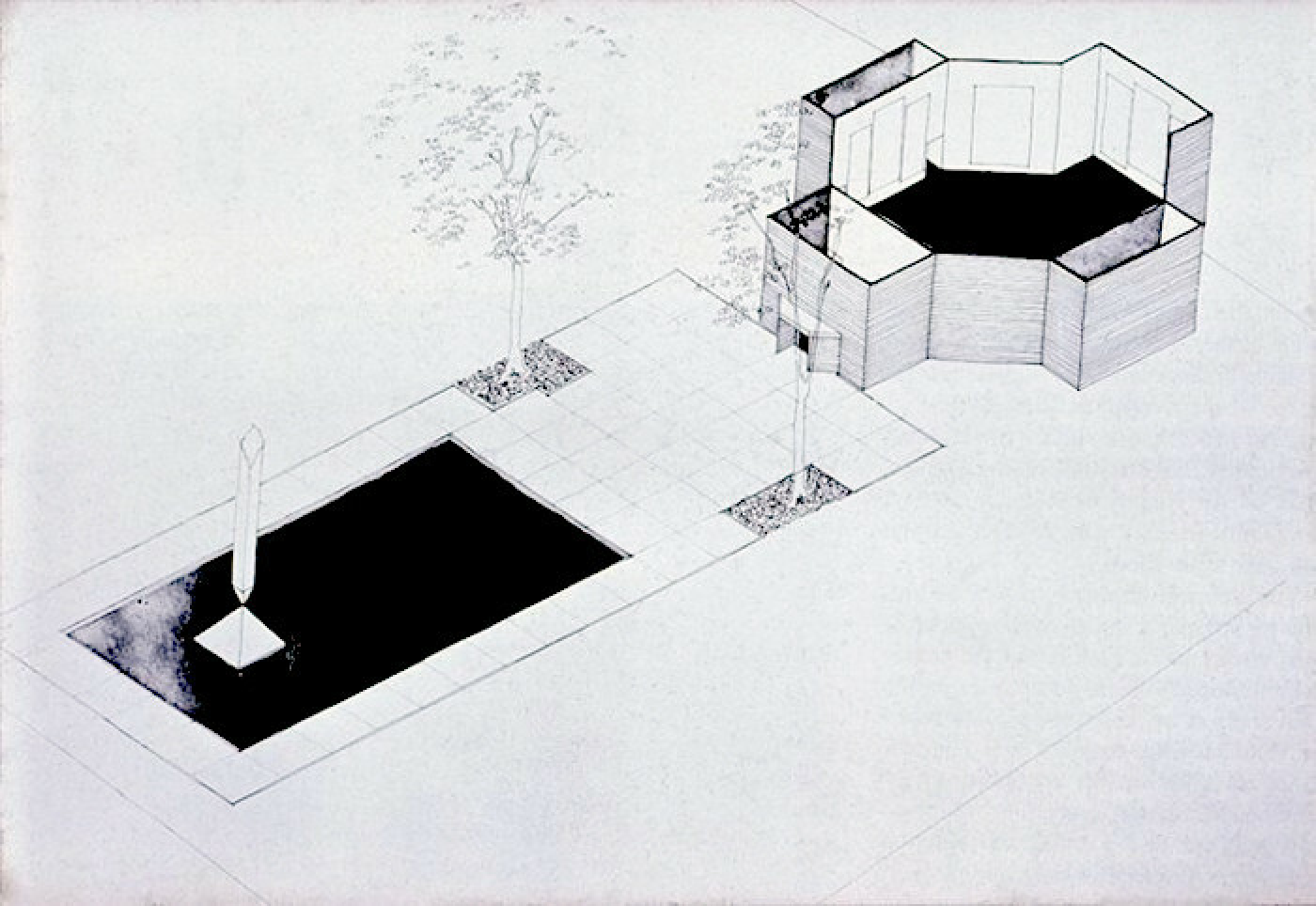
Axonometry Chapel of Rothko
In Houston, in a small, medium-sized block, on a quiet street under the shade of oak trees, there is a modest Rothko Chapel, next to it is a wide lawn, a wall of untrimmed bamboo thickets and a mirror pond, in the middle of which stands the "Broken Obelisk" — an impressive steel monumental sculpture by Barnett Newman. The combination of a discreet chapel - a light brown brick building without windows - with a somewhat rough "Obelisk" is initially disappointing. But a series of Rothko's paintings in the chapel turns your mind no more, no less, and then, when the first emotional reaction settles down slightly, you can reflect on the well-thought-out architecture of the hall and the nuances of the painter's work.
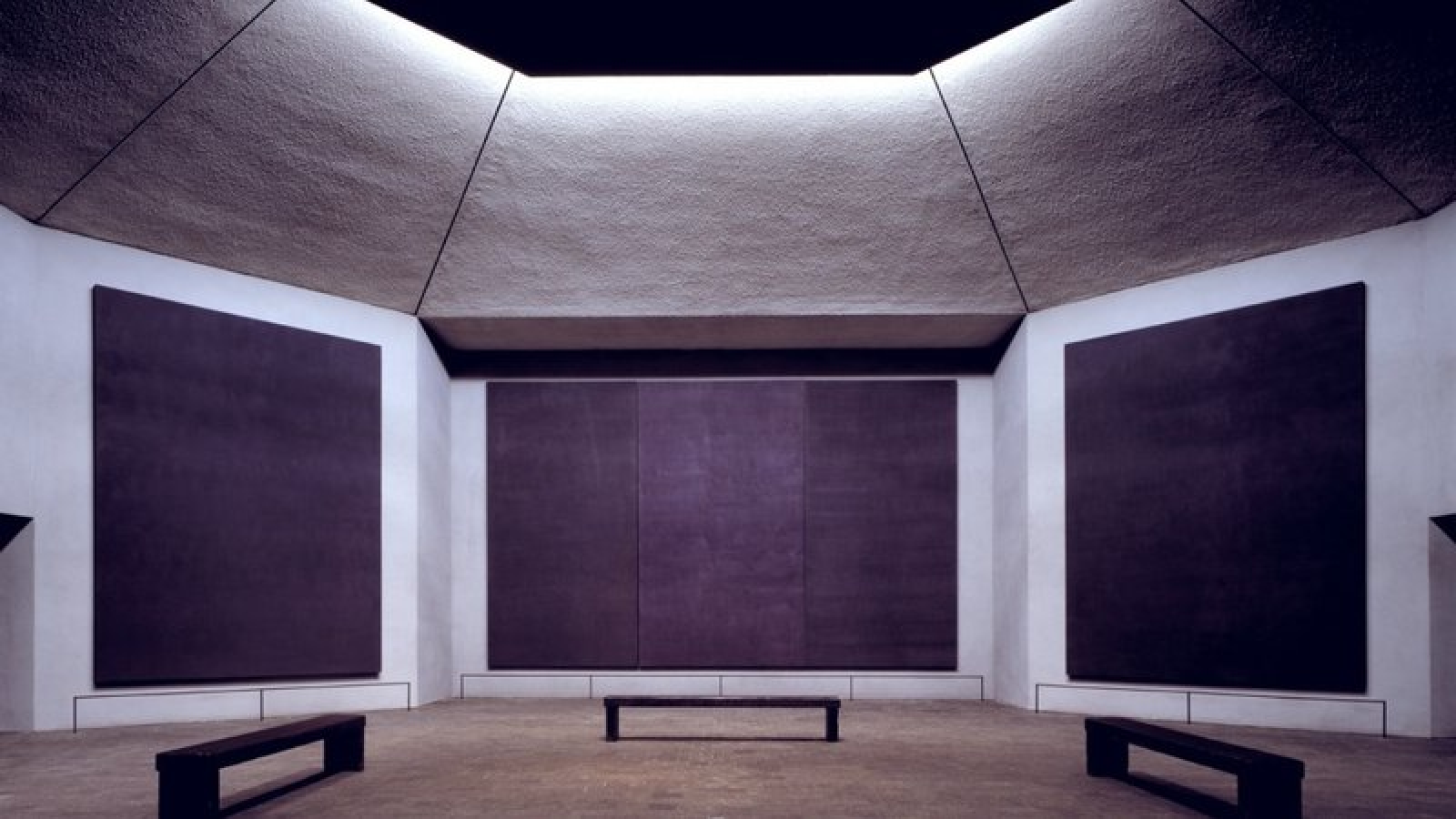
Interior of the Mark Rothko Chapel
14 paintings painted specifically for placement in the Rothko Chapel can be "read" as a multi-part work in the style of monomorphic chromaticism. Each part of the series is connected to the next one, because there is a slight haze in the hall - the effect of diffused natural light. The canvases themselves fit so well into the space of the chapel and are so in harmony with each other that in the eyes of an inexperienced viewer they almost merge with the walls of the building. After Rothko and the first architect of the chapel, Philip Johnson, fell out and stopped cooperating, two other architects from Johnson's firm took up the project. The architectural appearance of the chapel is minimalistic, reduced to the most necessary elements, which allows you to get impressions of Rothko in its pure form, without foreign impurities.
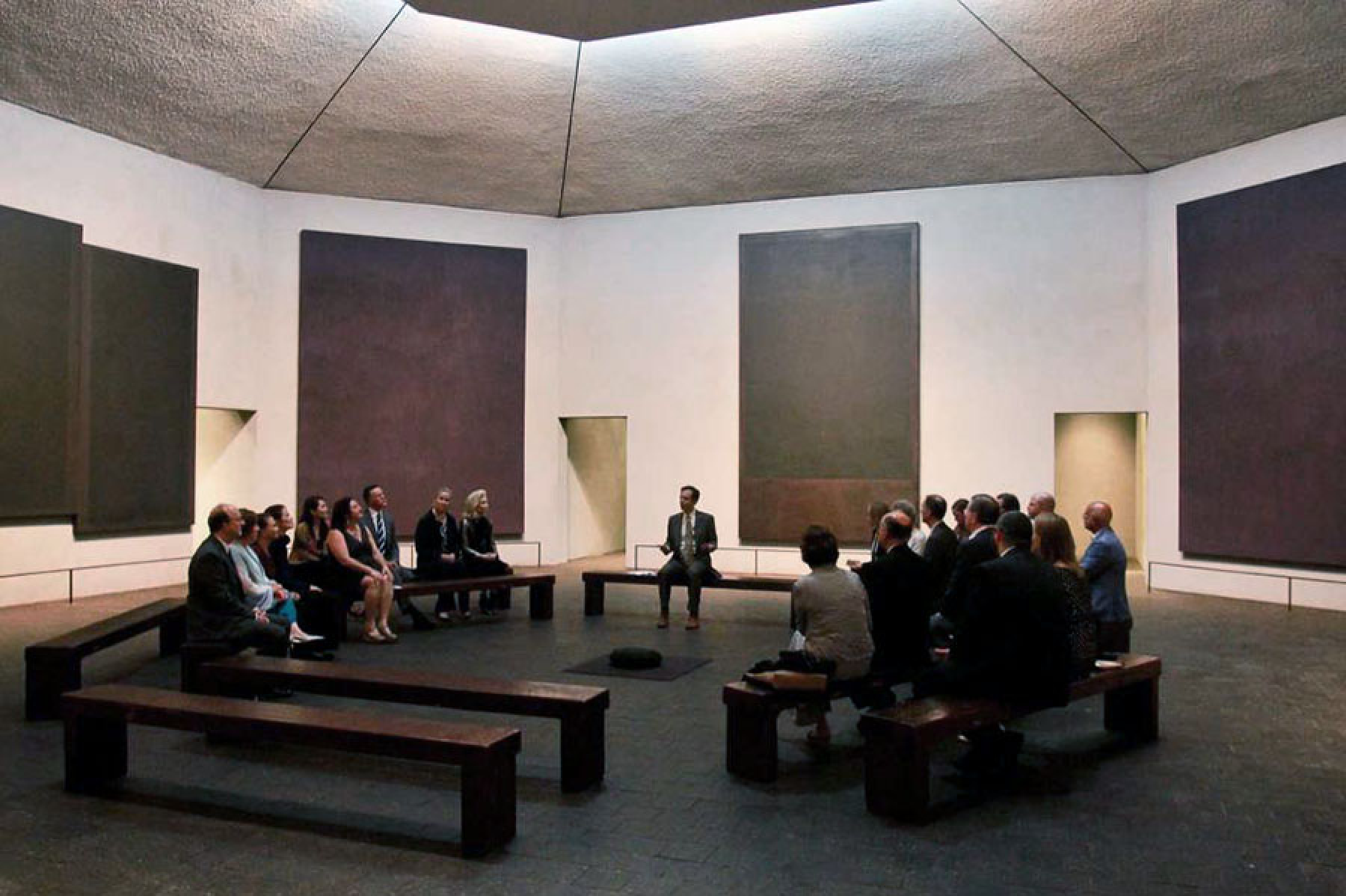
Interior of the Mark Rothko Chapel
The image on the SupremePunk can be perceived as an axonometry of a multidimensional space. The picture itself shows some changes and metamorphoses, which each viewer can interpret in his own way. A similar technique of installation inside a cube can be found in the works of Damien Hirst. His works are currently being sold at auctions for record prices, and each of his installations causes a strong resonance in art circles.

Buy

Gallery:
CryptoPunk #7468 that has been taken as a base

Your transaction is in progress

You have connected to the wrong network

Transaction is successful!


